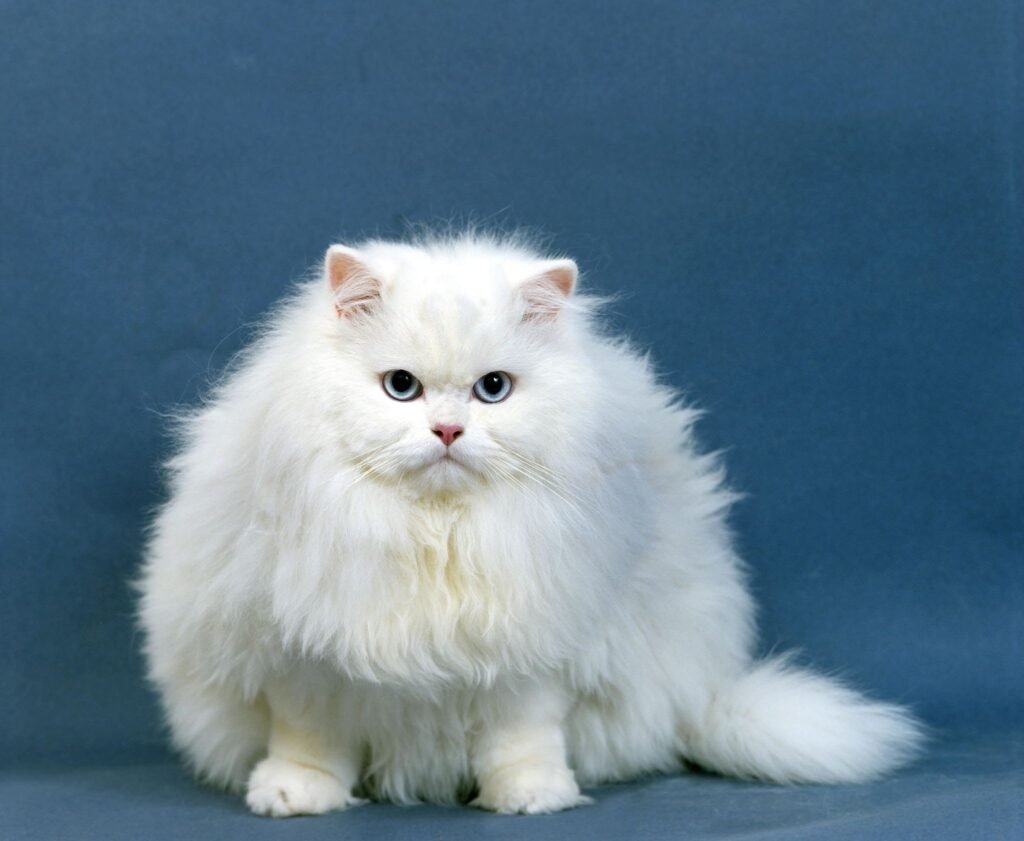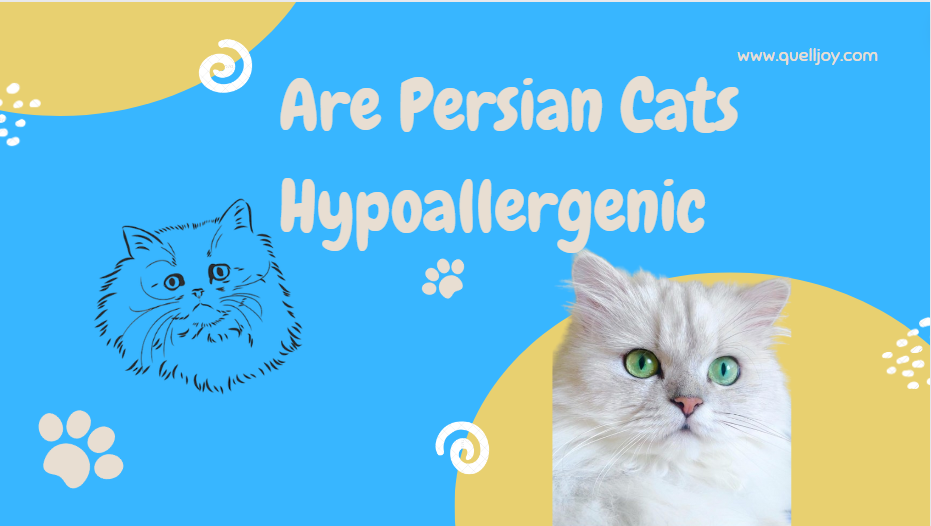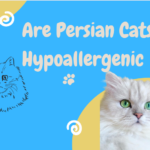Introduction-Are Persian cats hypoallergenic
Loving a cat may provide happiness, company, and, regrettably, allergic responses for certain people. The word “hypoallergenic” is frequently connected to specific cat breeds, piqueing the curiosity of those who are allergic. We’ll go into the world of Persian cats in this piece and solve the puzzle of whether or not they make hypoallergenic pets.
Characteristics of Persian Cats
1-Overview of Persian Cat Breed
Persian cats are well known for their opulent long coats, unusually flat features, and endearing dispositions. These gorgeous cats, who originated in Persia (modern-day Iran), are now well-known all over the world. Their fur’s length and density raise concerns about possible allergies despite their gorgeous appearance.
Read a complete article on Persian Breed
2-Coat Type and Length
Persian cats are known for their graceful, flowing fur. Even though they are visually appealing, these double-layered furs might retain allergies and dander. Determining if they are hypoallergenic requires an understanding of the particular qualities of their coats.
3-Grooming Requirements
Persian cats require frequent grooming because of the nature of their coat. By brushing their fur, you can lessen shedding and the amount of stray hair that might cause allergies. Furthermore, upholding good hygiene by eliminating tear stains and making sure your home is tidy might make your stay healthier and possibly less allergic.
Allergens in Cat Allergies
1-Understanding Cat Allergies
Cat allergies are primarily triggered by proteins found in a cat’s saliva, skin, and urine. These proteins, known as allergens, can become airborne as microscopic particles, leading to respiratory and skin reactions in sensitive individuals. Understanding the basics of cat allergies sets the stage for exploring hypoallergenic qualities in Persian cats.
2-Common Allergens in Cats
Identifying common cat allergens is crucial for individuals with sensitivities. Proteins like Fel d 1 and Fel d 4 are prevalent in cat saliva and skin. Exploring the specific allergenic components in Persian cats will shed light on their hypoallergenic potential.
Are Persian Cats Hypoallergenic?
Hypoallergenic qualities in cats are often associated with reduced production of allergenic proteins. In the case of Persian cats, addressing the question of their hypoallergenic nature requires a closer examination of various factors.

1-Clarifying the Term “Hypoallergenic”
“Hypoallergenic” is not always a reliable phrase. No cat breed is completely allergen-free, but this shows that allergies are less likely to be triggered by them. It’s important to recognize that Persian cats, with their specific coat and care needs, may nonetheless create allergenic proteins.
2-Examining Persian Cat Allergenic Potential
Studies on the important allergenic proteins Fel d 1 and Fel d 4 provide light on Persian cats’ possible allergenicity. Even if they have stunning long coats, their hypoallergenic status must be assessed taking into account the grooming habits and hereditary factors that affect allergen generation.
3-Factors Influencing Allergenicity
Persian cats are generally considered to be allergic due to a number of variables. Environmental influences, grooming practices, and genetic susceptibility all come into play. By examining the ways in which these factors interact, we may gain a thorough knowledge of whether Persian cats can make good companions for people with allergies.
Managing Allergies with Persian Cats
Managing Allergies with Persian Cats
Living harmoniously with a Persian cat, especially for allergy-prone individuals, requires a proactive approach to managing potential allergens. By incorporating practical tips and mindful practices, you can create a comfortable environment for both you and your feline friend.
Tips for Allergy Sufferers
- Regular Grooming Routine: Establish a consistent grooming schedule to minimize loose hairs and dander. Brushing your Persian cat’s coat can significantly reduce the spread of allergens.
- Invest in Air Purifiers: High-efficiency particulate air (HEPA) purifiers can help filter out airborne allergens, providing cleaner air in your home.
- Designated Cat-Free Zones: Create specific areas in your home where your Persian cat is not allowed. This can help reduce exposure to allergens in spaces where you spend significant time.
Grooming Practices
- Use Hypoallergenic Shampoos: When bathing your Persian cat, opt for hypoallergenic shampoos designed to minimize the production of allergens. Consult with your veterinarian for suitable grooming products.
- Eye and Ear Cleaning: Pay attention to tear stains and keep your cat’s eyes and ears clean. Regular cleaning reduces potential allergens associated with these areas.
- Consult with a Veterinarian: Seek advice from a veterinarian to ensure your grooming practices align with your Persian cat’s specific needs and to address any potential health concerns.
Environmental Considerations
- Clean Living Spaces: Regularly clean and vacuum your home to minimize the accumulation of cat hair and dander. Use pet-friendly cleaning products to maintain a hygienic environment.
- Allergy-Friendly Furnishings: Choose furniture and textiles that are easy to clean and less likely to trap allergens. Consider washable covers for cushions and pillows.
- Regular Veterinary Check-ups: Schedule routine veterinary visits to monitor your Persian cat’s health. A healthy cat is likely to have fewer allergens.
By combining these practical tips with a thorough understanding of Persian cat characteristics, you can create a welcoming home for both you and your feline companion. The key lies in proactive management and a commitment to maintaining a clean and healthy living environment.









